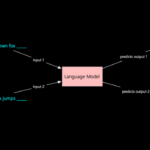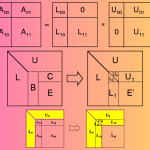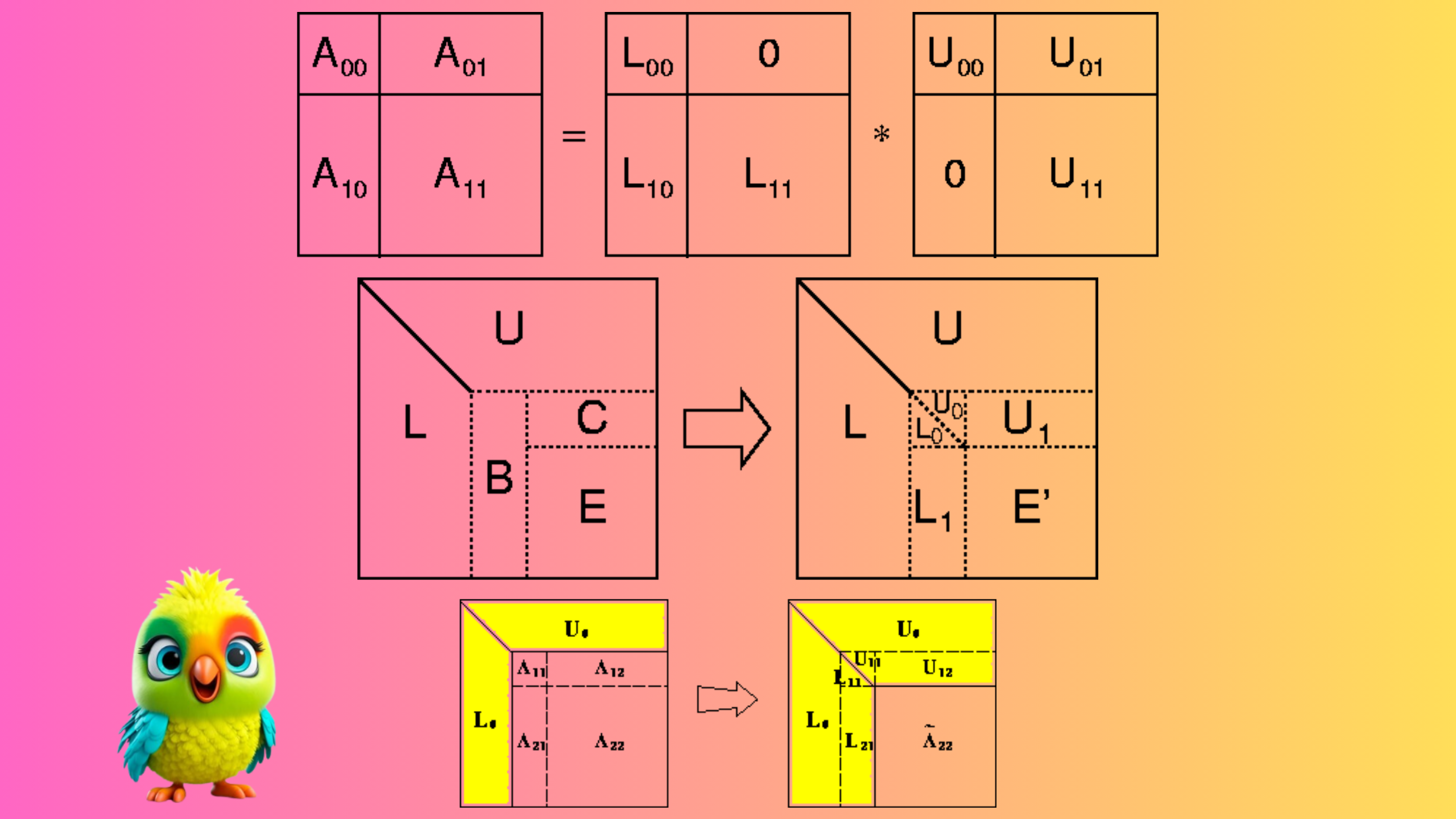What is Linear Regression?
Linear regression is one of the simplest and most widely used statistical methods in predictive modeling. It is a technique used to understand the relationship between a dependent variable (also called the target or output) and one or more independent variables (also known as predictors or features). The goal is to model this relationship so that we can predict the dependent variable based on new values of the independent variables.
At its core, linear regression assumes that there is a linear relationship between the independent variables and the dependent variable. In its simplest form, linear regression involves just one independent variable and is represented by the equation of a straight line:
\[
Y = \beta_0 + \beta_1 \cdot X + \epsilon
\]
Where:
- Y is the dependent variable (the one we want to predict, e.g., house price).
- X is the independent variable (the factor that we believe influences the dependent variable, e.g., size of the house).
- β₀ is the intercept (the predicted value of Y when X = 0).
- β₁ is the coefficient (the change in Y for a one-unit increase in X).
- ε represents the error term, capturing any unexplained variation in Y.
This equation is the foundation of linear regression. However, in practice, multiple independent variables may be involved, leading to a multiple linear regression model.
What Are the Key Components of Linear Regression?
When performing a linear regression analysis, three key components are commonly reported: the p-value, the coefficient, and the R-squared value. Each of these components provides vital information about the regression model’s significance and predictive power.
1. The P-Value
The p-value is a measure used to assess the significance of the independent variables in the regression model. It tests the null hypothesis, which states that the coefficient of a given independent variable is equal to zero (no effect). The p-value tells us the smallest significance level (alpha) at which the null hypothesis can be rejected.
- Interpretation:
- A small p-value (typically less than 0.05) suggests that the independent variable is statistically significant and has a strong relationship with the dependent variable.
- A large p-value (greater than 0.05) suggests that the independent variable does not significantly impact the dependent variable, and there is insufficient evidence to reject the null hypothesis.
Example:
Imagine you are building a regression model to predict the price of a house. You include features like location, size, and year of construction as independent variables. Each of these variables will have an associated p-value. If the p-value for size is 0.03, this means that there is strong evidence to suggest that the size of the house significantly affects the price, at a 95
2. The Coefficient
The coefficient (also known as the regression coefficient) represents the estimated change in the dependent variable for each one-unit change in the independent variable, while holding all other variables constant. In other words, it quantifies the effect that each predictor has on the outcome.
- Interpretation:
- Positive coefficient: A positive coefficient indicates that as the independent variable increases, the dependent variable also increases.
- Negative coefficient: A negative coefficient indicates that as the independent variable increases, the dependent variable decreases.
Example:
Let’s say your linear regression model yields the following equation for predicting house prices:
\[
\text{Price} = 50,000 + 100 \cdot \text{Size} + 10,000 \cdot \text{Age}
\]
In this example:
- The coefficient for Size is 100, meaning that for every additional square foot of size, the house price is predicted to increase by $100, assuming the house’s age remains constant.
- The coefficient for Age is 10,000, meaning that for every additional year of age, the price is predicted to decrease by $10,000, assuming the house size remains constant.
The coefficients help us understand the magnitude and direction of the relationship between independent and dependent variables.
3. R-Squared (R²) Value
The R-squared value, or coefficient of determination, is a statistical measure that indicates the proportion of the variance in the dependent variable that is explained by the independent variables in the regression model. It essentially tells us how well our regression model fits the data.
- Interpretation:
- R-squared ranges from 0 to 1:
- R² = 0: The model explains none of the variance in the dependent variable.
- R² = 1: The model explains all of the variance in the dependent variable.
- A higher R-squared value suggests that the model fits the data well, while a lower value indicates that the model does not explain much of the variation in the dependent variable.
- R-squared ranges from 0 to 1:
Example:
If you have a house price prediction model with an R-squared value of 0.85, this means that 85
However, it’s important to note that a high R-squared value does not necessarily mean that the model is good. Sometimes, including too many variables or irrelevant variables can artificially inflate the R-squared value without improving the model’s predictive power.
Significance of These Components
Each of these components—p-value, coefficient, and R-squared—plays an essential role in interpreting the results of a linear regression model:
- P-Value: Helps determine whether the independent variables are statistically significant predictors of the dependent variable. A lower p-value (typically < 0.05) suggests a strong relationship between the variable and the outcome.
- Coefficient: Indicates the strength and direction of the relationship between the independent and dependent variables. This tells us how much the dependent variable is expected to change for each one-unit change in the predictor.
- R-Squared: Provides an overall measure of how well the model fits the data. A higher R-squared value suggests that the model explains more of the variation in the dependent variable, while a lower value suggests the model’s predictions may be less reliable.
Conclusion
Linear regression is a powerful tool for understanding the relationship between variables and making predictions. Key metrics such as the p-value, coefficient, and R-squared value provide valuable insights into the strength, significance, and accuracy of the model. By interpreting these components correctly, you can build more robust regression models that provide accurate predictions and meaningful conclusions from your data.
Understanding these metrics also allows you to refine your model, improving its predictive power and ensuring that it is both statistically sound and practically useful for real-world applications.























